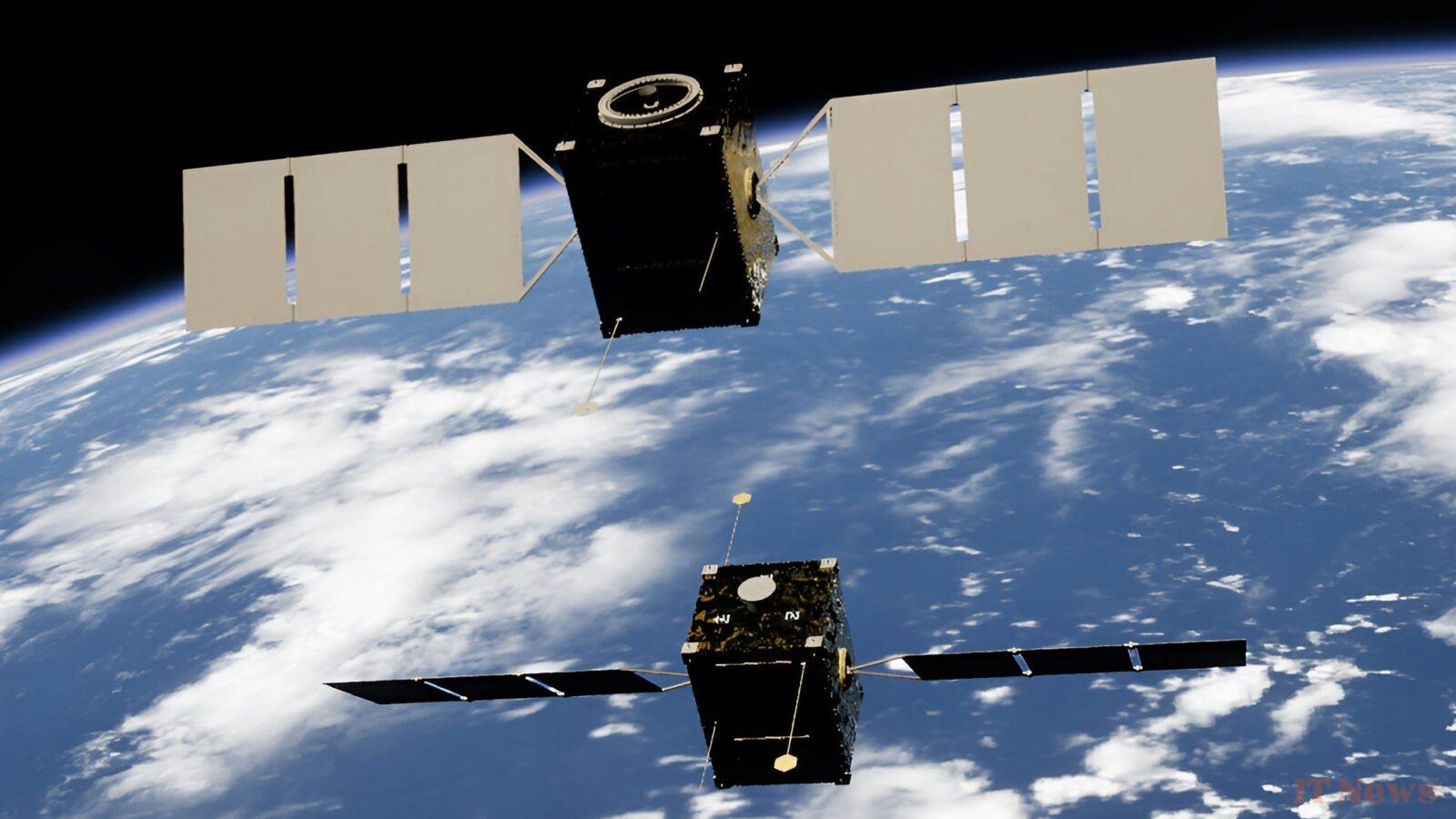China has just taken a major step in the space race by launching the first twelve satellites in its "Three-Body Computing" constellation. These spacecraft, developed by ADA Space in collaboration with the Zhijiang Laboratory and the Neijang High-Tech Zone, introduce a new approach to processing satellite data: rather than sending information back to Earth, they analyze it directly... in orbit.
Bypassing Earth's Limits
Each satellite carries an artificial intelligence model with eight billion parameters and can perform 744 tera-operations per second. Together, these twelve units achieve a computing power of five peta-operations per second, far more than the 40 tera-operations required to run a PC equipped with Microsoft Copilot. The satellites communicate with each other via laser links at data rates of up to 100 gigabits per second and share 30 terabytes of storage.
This project addresses a real-world problem: the constraints of traditional satellite data processing. Currently, less than 10% of the data collected by satellites reaches Earth, due to limited bandwidth and the limited availability of ground stations. "Traditional satellite transmissions are slow," explains the South China Morning Post.
Another advantage: orbital data centers can use solar power and vent their heat into space, reducing their energy needs and carbon footprint. This approach makes perfect sense when you consider that global data centers could consume more than 1,000 terawatt-hours of electricity per year by 2026, equivalent to the electricity consumption of Japan.
The twelve satellites launched from the Jiuquan Space Center carry scientific equipment, including an X-ray polarization detector to observe brief cosmic phenomena like gamma-ray bursts. They can also create 3D digital twin data, usable for emergency management, video games, or tourism.
China's ultimate goal is ambitious: deploying 2,800 satellites to achieve a computing power of 1,000 peta-operations per second. For comparison, the El Capitan supercomputer at the Lawrence Livermore Laboratory in California, the most powerful in the world last year, reached 1.72 peta-operations per second.
This approach to space cloud computing is very fashionable at the moment. China, the United States, and Europe could deploy such orbital data centers in the future. The Chinese launch is, in any case, the first substantial flight test of the network part of this concept.



0 Comments